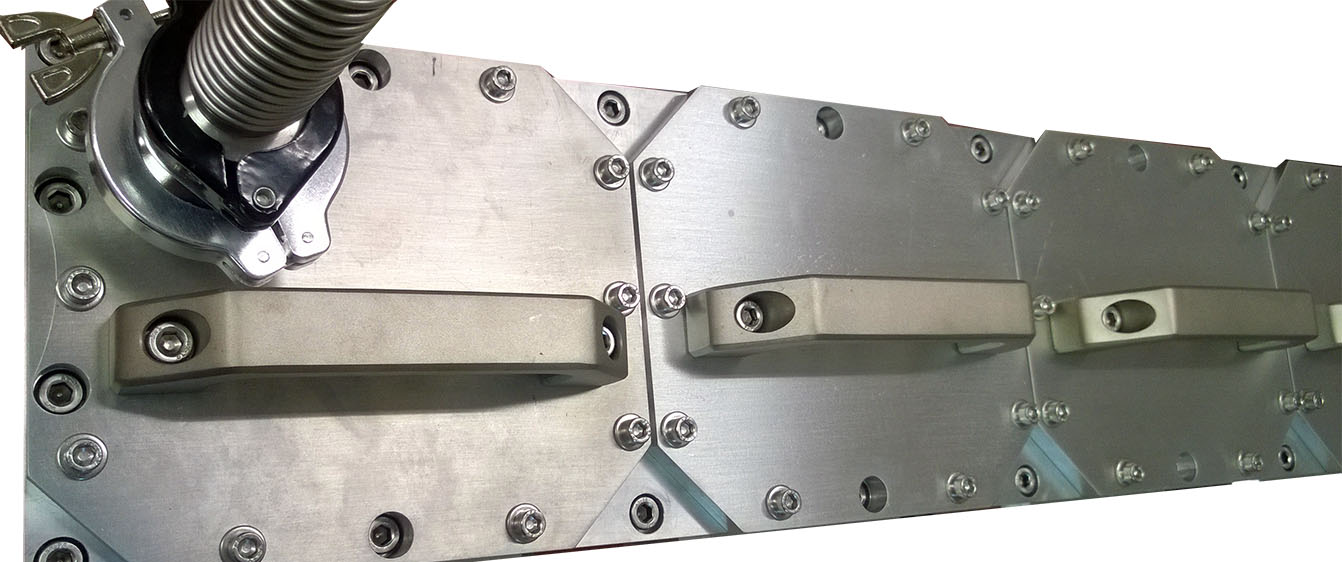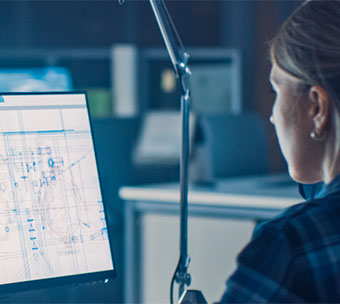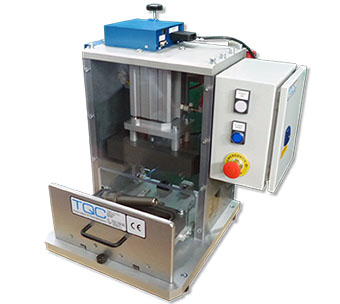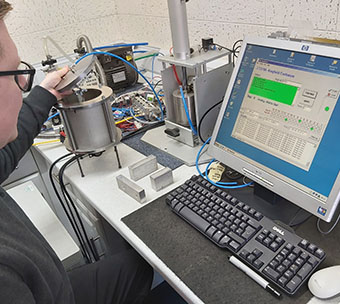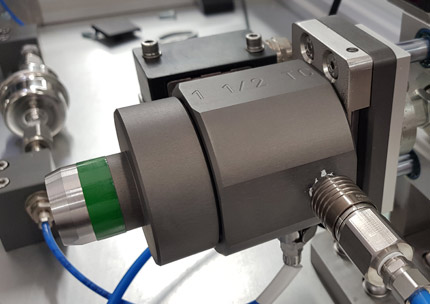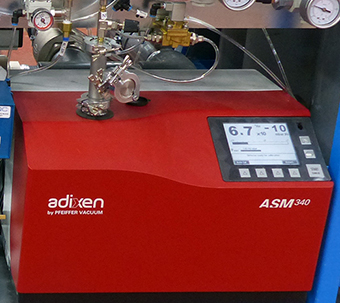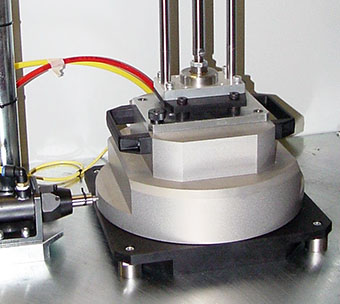TQC has a depth of experience applying high and ultra-high vacuum for vacuum testing a range of parts.
TQC has developed solutions using 2 types of high vacuum testing methods.
- The first method consists of pulling almost complete vacuum of below 5 x 10-3 mbar absolute and looking for a detectable pressure increase.
- The second method detects the presence of liquid or moisture. This method uses the physical property of liquids (and some solids) that vaporise at room temperature and very low pressure. In the case of water (or saline solution) the water will vaporise at just below 3 mbar absolute pressure. The boiling of the water and production of large amounts of vapour can be detected with special pressure transducers when plotting pressure against time as vacuum is applied to the test part in a vacuum chamber.
Product Considerations
There are some specific design issues to overcome when using these high vacuum methods. The parts must be dry and clean, if they are not, the outgassing from the volatiles within the chamber are significant. The sealing grease during assembly must also be taken into consideration. Vacuum grease should be used as it is specially formulated not to vaporise at such low pressure.
In the case of testing leakage below 5 x 10-3 mbar absolute, any outgassing needs to be removed quickly. This required the system to be engineered with an additional turbo pump backed up by the rotary vane pump to take the pressure well below the leakage pressure threshold of 5 x 10-3 mbar absolute. This also required special instrumentation for measuring pressure.
Testing Medical Devices with High Vacuum Methods
Many medical devices contain or are packaged within a liquid; examples include some diagnostic units, disposable contact lenses and gel dispensers. The challenge is to find a leak test technique that is not affected by the liquid plugging the leak path as liquid can easily plug a hole of 10–15 µm in size. A hole of this size in smaller parts is detectable by using air-pressure decay; however, a leak can be detected only until liquid comes into contact with the opening of the hole.
There are two other potential techniques that can be used to detect a leak path in these types of medical devices and products. One employs helium leak detection because often the helium will find its way through the liquid. The other uses high vacuum and boils off liquid as it emerges from the leak path. Even when there is a small amount of liquid, this will create a massive amount of vapour if the pressure is sufficiently reduced. Typically at approximately 98% vacuum, water, alcohols and some oils will boil at ambient temperatures. This has been demonstrated to work on liquid-filled blister packs containing contact lenses where the leakage of the fluid to the outside of the pack is the only way to detect leakage.


